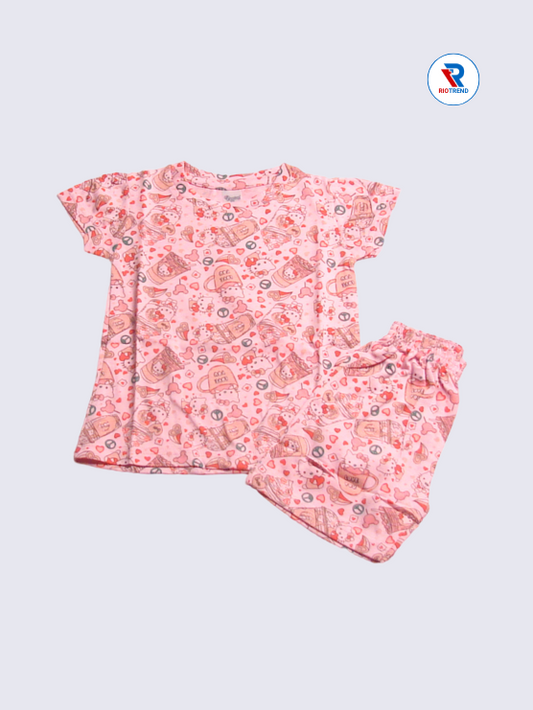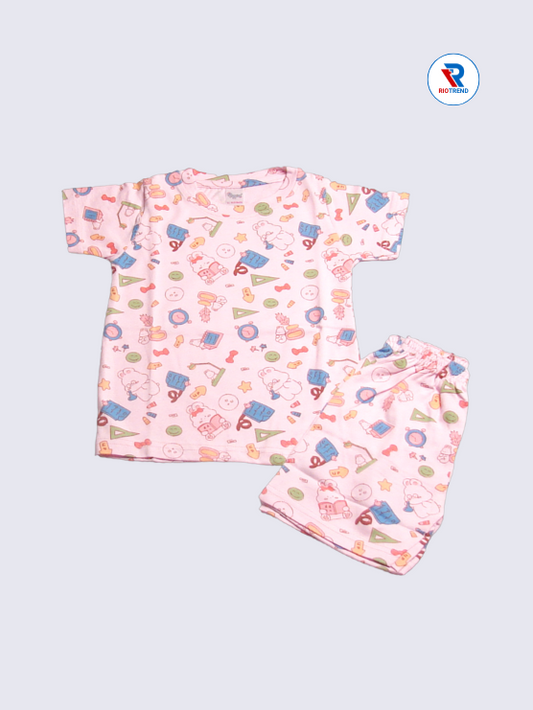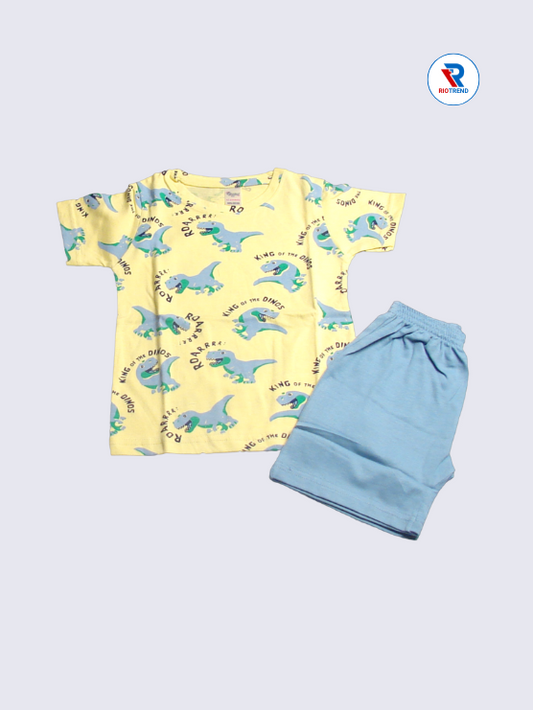If you’ve ever bought something online only to realize it wasn’t quite what you expected—whether it’s the wrong size, a faulty item, or simply something you don’t need anymore—chances are you've encountered the customer return process.
Understanding how customer returns work is essential for making smart online shopping decisions. Not only can knowing the ins and outs of returns save you time and money, but it also gives you the confidence to shop knowing that you have options if something goes wrong.
In this blog post, we’ll break down what customer returns are, how they work, why they happen, and how both you, the shopper, and online stores benefit from having a return policy in place. Let’s dive in!
What are Customer Returns?
Simply put, customer returns occur when a shopper sends a product back to the retailer after purchasing it. This could be for various reasons—wrong item, dissatisfaction, product defects, or even buyer’s remorse. Returns usually result in a refund, replacement, or store credit, depending on the store’s return policy.
Return Policies: The Fine Print
Before you even make a purchase, it's essential to check the return policy of the store you're shopping with. While most online retailers allow returns, some may have specific rules, such as only accepting returns within a set number of days or excluding certain items (like sale or clearance products).
Understanding these policies is key because it ensures you're not caught off guard if something goes wrong. If a retailer offers free returns, it’s a sign they stand behind their products and value your satisfaction. If returns come with a shipping cost or specific conditions, you’ll want to keep that in mind when making your purchase decisions.
How Does Customer Return Work?
If you find yourself needing to return an item, here’s how the process typically works:
1. Initiating the Return
- Step 1: Most stores make the return process easy. To start, you’ll usually need to log into your account on the retailer’s website and navigate to the “Returns” section. Here, you'll fill out a simple return request form.
- Step 2: Some stores may require you to provide details about the product’s condition, including if the item is damaged or defective.
- Step 3: Once you’ve completed the necessary steps, you’ll receive instructions on how to return the product—usually a return shipping label that you can print at home.
2. Returning the Product
- After packaging the item securely (preferably in its original packaging), you’ll need to send it back to the retailer. Some stores provide free return shipping, while others may require you to pay for the cost of sending the product back.
3. Processing the Return
- Once the store receives the returned product, they inspect it to ensure it’s in the right condition (unused, undamaged, and within return guidelines).
- If the product is acceptable, the retailer will issue a refund to your original payment method, send a replacement item, or offer you store credit.
4. Timeframe for Returns
- Most online stores have a return window ranging from 14 to 60 days from the date of purchase. Be sure to read the return policy for specific time limits to avoid missing the return window. Delays can occur during busy shopping seasons, so it’s good practice to return items as soon as you decide they aren’t right for you.
Why Do Customers Make Returns?
There are many reasons why customers return products. Here are the most common ones:
1. Wrong Item
Sometimes, the product you receive isn’t exactly what you ordered. This could mean receiving the wrong size, color, or model. Mistakes happen, but an easy return process ensures you can get the correct product quickly.
2. Damaged or Defective Items
Products can sometimes be damaged during shipping or may be faulty from the start. Whether it’s a cracked phone screen, a malfunctioning appliance, or missing parts, many stores allow you to return damaged or defective products for a refund or exchange.
3. Change of Mind
Let’s face it—sometimes we make impulsive purchases, or we just change our minds. Maybe that sweater wasn’t as flattering as you thought it would be, or that gadget doesn’t live up to your expectations. Returns provide a safety net for these situations, giving you the flexibility to rethink your purchase.
4. Poor Fit or Functionality
Many items, such as clothing, shoes, or electronics, may not fit or work as expected. When buying online, you can’t always try things on or test them in person. A return policy helps solve this by allowing you to send items back if they don’t meet your needs.
5. Better Alternatives
Maybe you found a better deal on the same product elsewhere or discovered a newer version that better suits your needs. In these cases, customer returns give you the option to get your money back and try a different product.
What Are the Pros and Cons of Customer Returns for Online Stores?
Understanding the pros and cons of customer returns from a store’s perspective is key. While returns can benefit you, the shopper, they also impact businesses in certain ways.
Pros for Stores
- Customer Trust and Satisfaction: Offering easy returns can boost customer loyalty and trust. If customers know they can return products with ease, they’re more likely to make a purchase, knowing they won’t be stuck with something they don’t want.
- Competitive Advantage: Many customers consider a store’s return policy when deciding where to buy. Stores with flexible return policies can stand out against competitors and attract more shoppers.
- Increased Sales: Stores offering hassle-free returns may encourage shoppers to buy more, as the perceived risk of being stuck with an unwanted item is minimized.
Cons for Stores
- Increased Costs: Returns can be costly for retailers, particularly with free return shipping or when products need to be restocked or refurbished. This can impact the overall profit margins of an online business.
- Fraudulent Returns: Some dishonest customers may take advantage of return policies, returning used or damaged items for a full refund, leading to losses for businesses.
- Inventory Management: Returned items that cannot be resold or restocked create logistical challenges for stores. In some cases, products end up in landfills, which also raises environmental concerns.
What Are the Benefits of an Online Shopper?
As a shopper, understanding the benefits of customer returns can help you make more confident and informed buying decisions. Here’s why customer returns are important for you:
1. Risk-Free Shopping
Knowing you can return an item if it’s not right allows you to shop with confidence. Whether it’s an item that doesn’t fit or one that looks different from what you expected, a good return policy ensures you’re not locked into something you don’t want.
2. Better Product Choices
With returns, you can order multiple sizes, colors, or versions of a product and return the ones that don’t work for you. This is especially helpful when shopping for things like clothing or shoes, where fit and style can be subjective.
3. Savings on Mistakes
Sometimes, you make a purchase that turns out to be a mistake. Maybe the product isn’t what you thought it was, or it’s not compatible with your existing items. Having the ability to return these items helps you avoid unnecessary spending and ensures you only keep what you need.
4. Increased Confidence in Shopping
A clear and easy return policy encourages you to take a chance on new products, knowing you have an option if things don’t work out. Whether you're buying a new gadget or trying a different brand of shoes, the option to return helps you feel more comfortable with your purchase decisions.
Final Thoughts
Customer returns are an integral part of the online shopping experience, offering benefits to both shoppers and businesses. As an online shopper, understanding how returns work can help you make smarter purchasing decisions and shop with confidence.
Remember, checking the return policy before buying is always a good idea to ensure a smooth and hassle-free experience should you need to make a return.
Customer Returns FAQs
How do I know if an item can be returned?
Check the retailer’s return policy before purchasing. Most stores make it clear whether an item is eligible for return and if any exceptions exist.
Who pays for return shipping?
This varies by store. Some retailers offer free return shipping, while others may charge for it. Always confirm before purchasing.
How long do I have to return a product?
Return timeframes vary, but they usually range from 14 to 60 days. Always read the return policy for the specific time limit.
Can I return sale or clearance items?
Some stores exclude sale or clearance items from returns. Always check the store’s policy to be sure.
How do I get a refund for a return?
Refunds are typically issued to the original payment method after the returned item is processed. Some stores may offer store credit instead.
Can I return an item if it’s been opened or used?
Many stores allow returns for opened or used items, but this depends on the store and product type. Always check the return policy for specifics.









